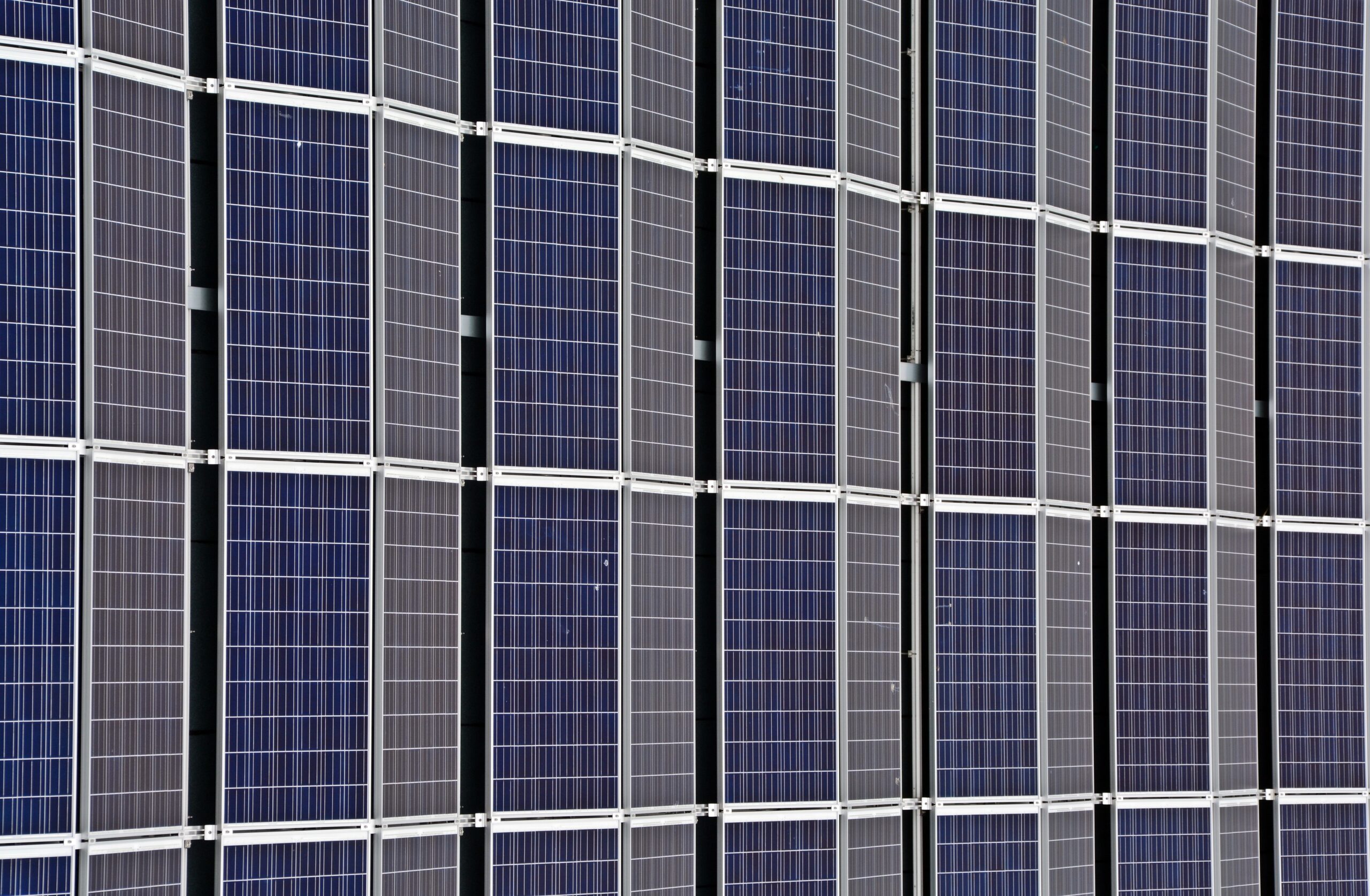
At COP27, 20-25% of the Blue zone’s power comes from solar energy provided as part of a partnership by Amarenco and Solarize Egypt
November 14, 2022
Solar infrastructure brings about important opportunities for ecology and regeneration — this was the headline of the session, “How to reconcile Economy and Ecology?”, co-organized by the Global Solar Council and SolarPower Europe at the Wind and Solar Pavilion, in the Blue zone of COP27 on November 9.
As the cheapest clean energy technology, solar energy will be deployed at a massive scale to help the world meet its climate and energy goals. Such deployment of solar infrastructure requires space and land, creating both challenges and opportunities.
So far, climate change mitigation and adaptation focused on carbon neutrality and sustainable finance-developed carbon markets. But to tackle the challenges of soil degradation and biodiversity loss, finance and business models will have to evolve.
Moderated by Policy Director at SolarPower Europe Dries Acke, the panel discussion with the President of the Middle East Solar Industry Association (MESIA) Ahmed S. Nada, Group Head of Public Affairs at Amarenco Eva Vandest, CEO of Solarize Egypt Yaseen Abdel Gaffar, President and Group CEO of Desert Control Ole Kristian Sivertsen proposed to introduce evolutions in the regulatory frameworks and to explore case studies and best practices integrating nature-based solutions with solar infrastructure.
Positive externalities resulting from a company’s impact on the environment through regeneration practices should be accounted for in a new concept of profitability. In this context, public and private capital can blend to generate higher-value clean power.
Furthermore, greening the surrounding ground area of a power plant can help lower the temperature by as much as 8-12 degrees Celsius, directly benefiting panels’ efficiency in areas with high average temperatures. This helps reduce the payback time for this kind of investment.
“From ‘do no significant harm’ to ‘do create positive impact,’ the solar energy sector can become the leader in positive impact by reintegrating nature into the equation, promoting the emergence of a regenerative economy,” said Group Head of Public Affairs at Amarenco Eva Vandest.
Amarenco, a leading power producer in the solar energy sector operating in more than 14 countries and notably one the leading investors in agrivoltaics in Europe, promotes a change in paradigm with solar energy: reconciling economy and ecology by investing in RE.Generation, thanks to its Echo pledge.
With the Echo pledge, Amarenco allocates a capital amount – proportional to the size of its power generation and storage project pipeline – to the regeneration of ecosystems, soil health, biodiversity, and water management, by converting degraded, polluted and uncultivable land into clean energy cluster, carbon sinks, biodiversity sanctuary and even farmed land based on regenerative agriculture.
Notably, a joint venture of Amarenco and Solarize Egypt is currently providing COP27’s Blue zone in Sharm El-Sheikh with solar energy covering 20 to 25% of its power needs.
Subscribe to our newsletter.
This article was originally published on IMPAKTER. Read the original article.


